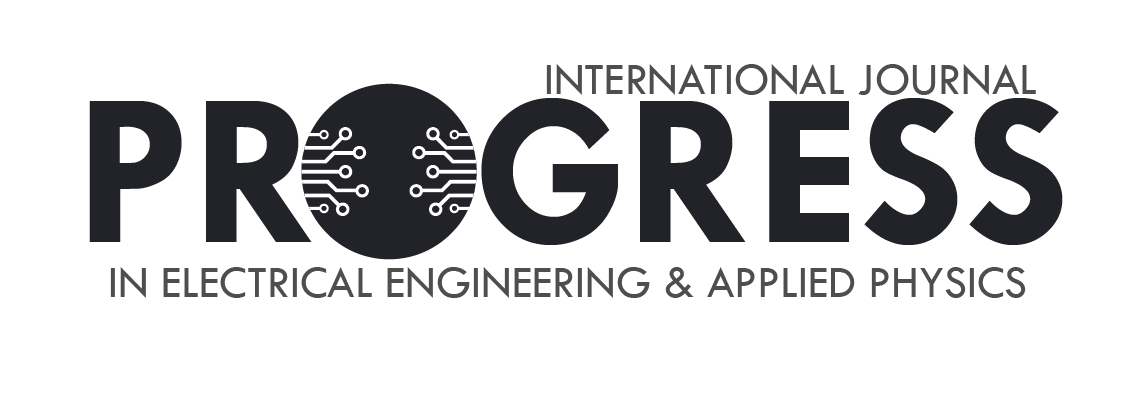KIOUACH, Fatima; EL GHZAOUI, Mohammed
Université Sidi Mohamed Ben Abdellah Faculté des Sciences Dhar El Mahraz-Fès
Abstract
This paper presents a novel broadband bandpass filter that utilizes a multiple-mode resonator (MMR) for communication applications. The filter is designed using Rogers RT/duroid 5880 substrate, which has a relative permittivity of 2.2, a dielectric loss tangent of 0.0009, and a thickness of 0.8 mm. The design process was carried out using the High Frequency Structure Simulator (HFSS). The filter's overall dimensions are 14.8 x 2.9 mm². Simulated S-parameters indicate a bandwidth of 17.46 GHz (6.00 - 23.46 GHz) for the filter. It achieves a 3-dB fractional bandwidth (FBW) of 149.23%, an insertion loss of less than 0.2 dB, and a return loss greater than 48.85 dB, while maintaining a nearly constant group delay across the passband. These exceptional performance characteristics make it highly suitable for a variety of communication systems, including 5G (4–8 GHz), satellite communications, and radar systems operating in the X-band (8–12 GHz) and Ku-band (12–18 GHz).
Rahioui, Fatima; Tahri Jouti, Mohammed Ali
Sidi Mohamed Ben Abdellah University
Abstract
The integration of artificial intelligence (AI) into education represents a paradigm shift, transforming traditional teaching and learning practices. AI technologies, such as adaptive learning systems, automated assessments, and intelligent tutoring, offer unprecedented opportunities for enhancing educational outcomes. However, despite its promise, the education sector faces challenges, including inefficiencies, skill gaps, and the persistent issue of low literacy rates, which require innovative solutions. Indeed, AI tools is used in education to enhance critical thinking and problem-solving skills among students, to automate routine tasks, enabling educators to focus on pedagogy, to identify areas for improvement through advanced analytics, to feature engineering refines datasets and to enhance the performance of predictive models.
This paper provides a comprehensive overview of the use of artificial intelligence (AI) in education, exploring its transformative potential to enhance teaching and learning processes. It delves into various applications of AI, such teaching and learning, Learning for the Sustainability of Education Management System, and Feature Engineering in Education which cater to individual student needs and learning styles. Furthermore, it addresses the challenges and ethical considerations associated with AI integration in education, including data privacy, algorithmic bias, and the digital divide.
Abstract
This research paper proposes a novel design for a multi-source DC-DC converter that can control the output DC voltage obtained from multiple renewable energy sources. To achieve this, you would typically employ a power conditioning system or a DC-DC converter. The DC-DC converter would be responsible for regulating and controlling the output voltage based on the input from the renewable energy sources. The main objective of this research is to develop a converter design and control strategy that can effectively adjust the output DC voltage gained by multiple-source renewable energy systems.
By employing a non-isolated double boost converter, the system can effectively regulate and control the bidirectional power flow, ensuring efficient energy transfer between the renewable energy sources and the storage system. This converter topology is particularly suitable for applications where bidirectional power flow and energy storage are essential components, allowing for effective management and utilization of the available energy resources and its additional advantages such as low profile, condensed component count, and double advancing ability.
